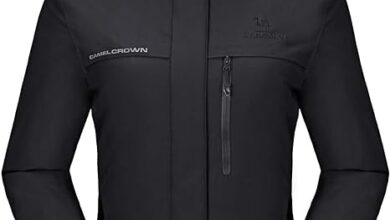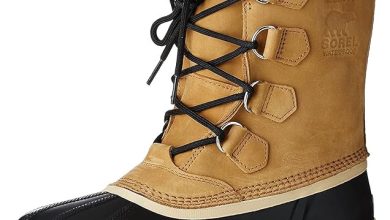Snowboard Shapes Guide
The Best Snowboard Shapes Guide
Today, snowboards come in all shapes and sizes to suit the needs of riders.
Do not get me wrong – this is great! It can be confusing for beginners, however.
You need not worry, as you’ve found the best guide to snowboard shapes (I won’t say this every time I speak… promise). Let’s begin…
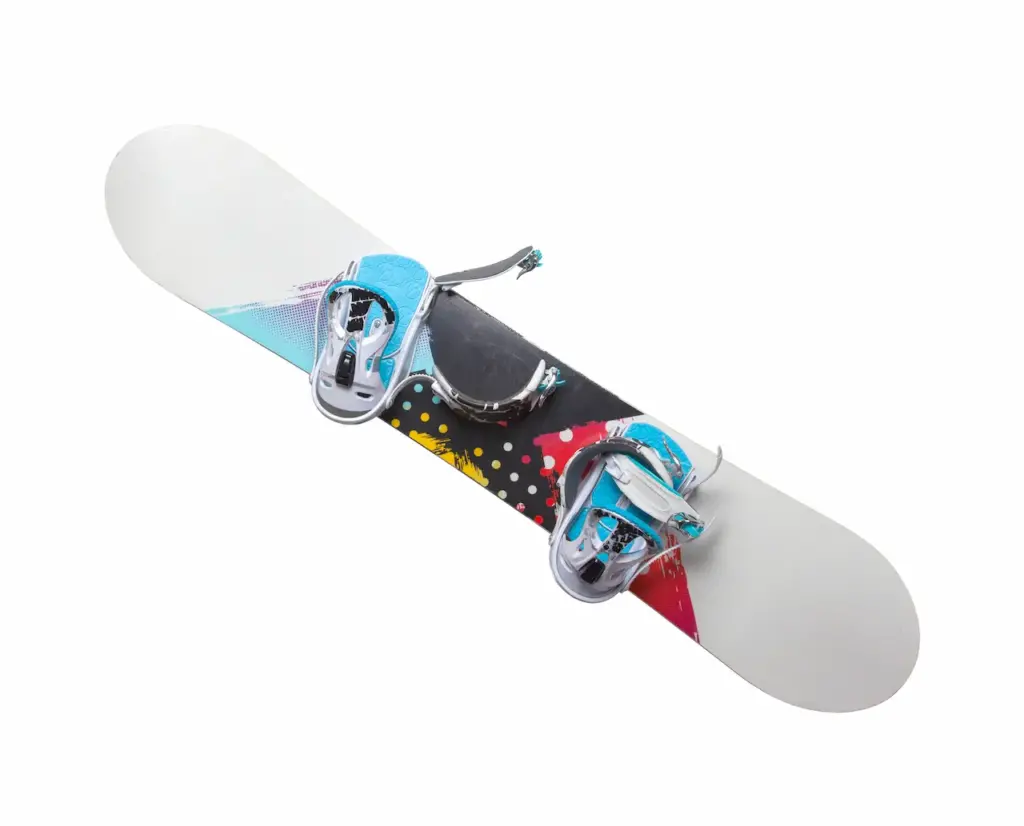
What is the best shape of snowboard for me?
The modern snowboard catalogs are full of innovative shapes. It can seem a bit overwhelming at first. Remember that every snowboard falls into one of these six categories:
- True Twin
- Asymmetrical twin
- Directional twin
- Directional
- Directional Tapered
- Volume-Shifted
Some shapes are quite conventional while others have a more dramatic appearance. Each one is made for a specific riding style or use.
Unfortunately, I cannot tell you what exact shape will work best for you. We can figure it out if we go through each board in more detail.
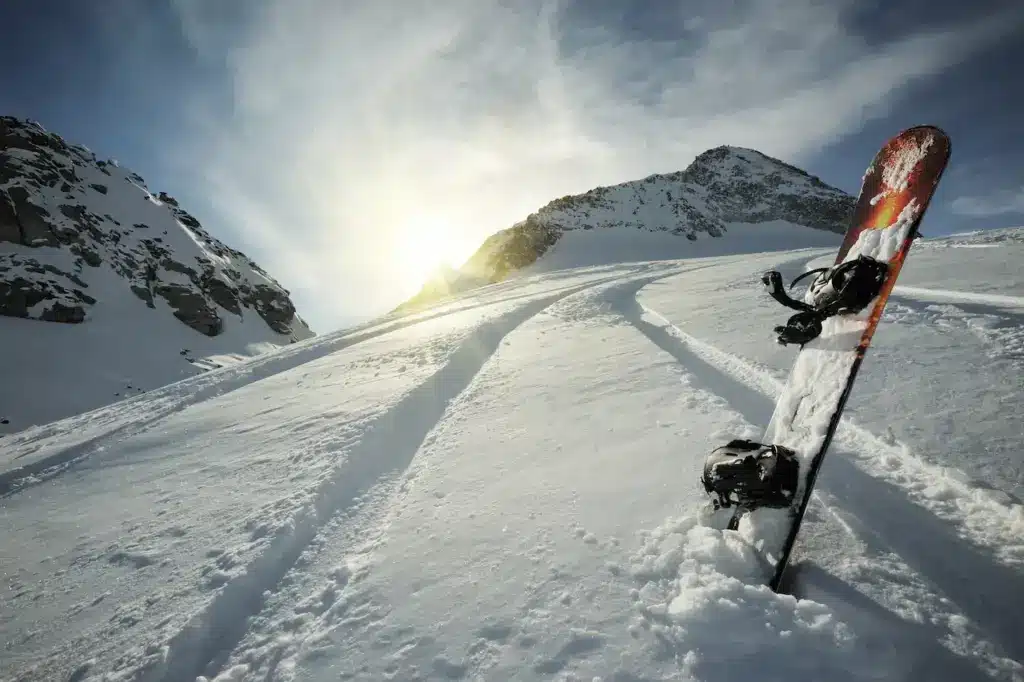
True Twin Shape
A true twin board is symmetrical. The nose and the tail are identical in length and width.
Bindings are mounted in the middle of the board, so you get the same amount of tail as you do nose. A true twin snowboard will perform the same whether you ride forward or switch.
Best suited for: Twin snowboards with a true twin shape are the best choice for freestylers and all-mountain skiers. These riders often switch between riding forwards or switching. True twins are easier to land and take off in switch due to their symmetrical shape.
Not Suitable for: Freeriding
Asymmetrical Twin Shape
Asymmetrical twins are a modern twist on the classic twin shape. These snowboards are asymmetrical in their sidecuts, contact points or flex.
These variations compensate for our natural body imbalances, giving us the same feeling on our toe and heel side edges when we turn.
The board performs the same whether you ride forward or switch.
Best suited for: Asymmetrical boards are still twins and therefore suitable for freestyle and all mountain riders. Even advanced snowboarders have trouble with the heel side turn. Asymmetrical snowboards are a great way to compensate. Here is more about this.
Not Suitable for: Freeriding
The Directional Twin Shape
A directional twin looks remarkably similar to a twin. You’ll notice some subtle differences if you look closer.
The binding inserts of these snowboards are either slightly set back towards the tail or have a slightly larger nose than tail.
The profile, sidecut radius and flex are identical from end to end. The contact points are still identical, but the nose and tail will be slightly different.
Best suited to: Directional Twin snowboards are designed for riders who enjoy riding on all terrain, including groomers and powder. These are the most versatile all-mountain shapes.
They’re better at carving powder and handling it than a twin. While you can ride a twin (including switch) in the park, true twins are a little better suited for park rats.
Not for: Pure freestylers and powder hounds.
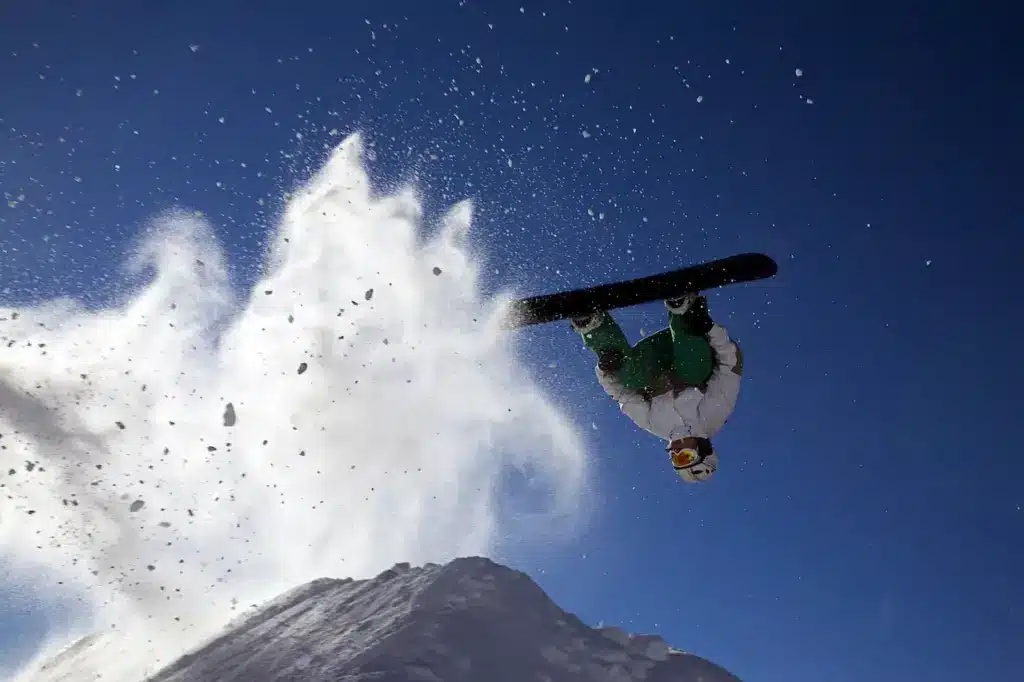
Directional Shapes
The nose of a direction snowboard is longer and the binding inserts are set back (normally). The weight is shifted to the back of the board. This allows for more floatation in powder, and keeps the nose of the snowboard out of the snow.
You can also find a sidecut which gets deeper as you move towards the back, so that you can take each turn with ease.
The majority of directional boards also feature a directional camber and directional flex.
Best suited to: Directional Snowboards are designed for free-riding, and chasing powder. The ability to ride in one direction makes them addicting to carve… especially as you get closer to the powder!
Many directional boards have fast bases and premium materials. These boards are often designed with a stiffer flexibility for high-speed riding and aggressive riding.
Less suited to: Beginners, freestyle riders and other beginners.
It is harder to ride a switch board. They are also less forgiving. They are not recommended for beginners. Beginners would benefit from a snowboard with a lower flex and less direction.
Tapered Directional Shapes
The directional variant is a powder-focused version of the directional snowboard. The “tapered” term refers to a tail that is narrower than the front, which allows for better flotation in powder.
These boards, like directional shapes, are designed to be ridden primarily in one direction – forward!
Brands now often change more than the tail width.
- A stiffer tail flex: helps the tail sink and the nose float.
- Tail shape: Often fish tails, or cut-outs.
Best suited for: Taped directional snowboards work best with riders who explore back country trails, deep powder and spend time off-piste. They’re not only for powderhounds. Intermediate riders who want to push themselves in powdery conditions will also benefit from these boards.
Less Suited to: Beginners and freestyle riders.
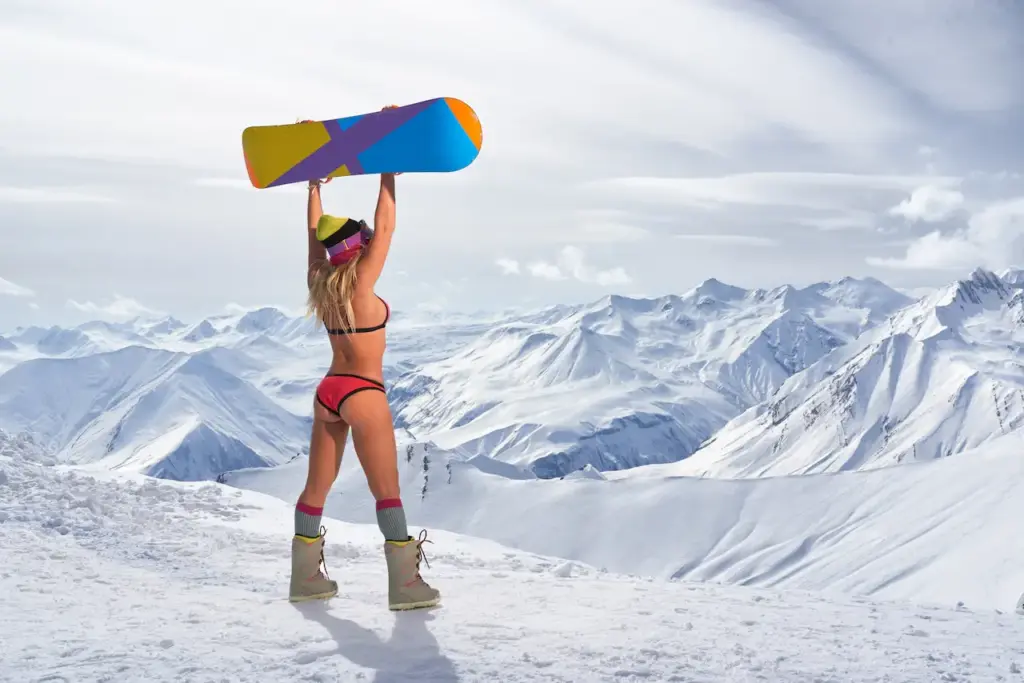
Shapes with Volume-Shifted Shapes
Volume-shifted snowboards are a completely different breed. They are short, wide and have a setback stance.
Powder specialists are designed to be a more maneuverable alternative to long powder boards. They offer the same volume of board, but with “shifted” weight towards your rear foot.
It is possible to ride them up to 10cm shorter than the ideal length, which allows for fast turns around a tree. It’s also super fun to throw them around on groomers.
Best suited for:Volume-shifted snowboards are the best choice in powder, particularly through trees and on steep slopes. You’ll need a volume-shifted snowboard if you’re going to Japan. Examples include the infamous Lib Tech Orca, and the beautiful Jones Storm Chaser.
Less suited to: Conditions with hard-pack or ice. Beginners, all-mountain and freestyle riders will benefit from a board that is more versatile (unless you intend to have multiple boards).
Snowboard nose shapes
The shape of your snowboard’s nose (or tip), will affect how it floats and turns on different types of snow.
There are several different nose shapes. Each has its own advantages and disadvantages. Let’s look at some of the most common options.
1. Traditional (Round Shape)
The original snowboard nose shape. Round tips are a great way to get a predictable and smooth ride. Almost every brand uses these tips. Why do they work? They are effective!
2. Blunt
A blunted nose on a snowboard reduces weight and makes it easier to jump and spin. These boards are also great for buttering powder and floatation.
3. Diamond
Diamond snowboard noses have a wide base and are pointed. They can cut through slush and crusty powder easily.
Snowboard tail shapes
Snowboard tail shapes have evolved and diversified. The shapes of snowboard tails have evolved to accommodate different riding styles and terrains. The shape of the tail is just as important to the performance and handling of the board as the shape. These are some of the most common tail shapes, and their characteristics.
1. Traditional (Round Shape)
A rounded tail is a great alternative to a traditional nose shape. It provides a predictable and classic ride. twins use this shape at the two ends to enable perfect switch riding.
2. Blunt
Blunted tail shapes are wider and provide a larger platform for landings and jumps.
The contact points are closer to the tip, allowing for a longer effective edge.
3. Diamond
Diamond tails, which are based on the classic round tail shape, reduce resistance and cut through less-favorable conditions of snow.
4. Fish Tail
The legendary Snowboard Tail Shape for Powder!
The fish tail reduces the surface area of the board, allowing the tail to sink into powder while keeping the nose afloat. These tails allow for shorter snowboards to be used, allowing for a more agile powder-slashing experience.
The Swallow-tail Snowboard is the most recent evolution in the fishtail.
What is the best snowboard shape for beginners?
Beginners should start with a directional twin, or a truetwin.
True Twin
The twin-shaped boards have identical noses and tails. This allows for a more balanced and predictable ride.
These boards are great for learning, as they work equally well in either direction. It’s a great way to learn the basics.
Directional Twin
“Directional Twins” are hybrids that can go in either direction, but have a slight tendency to move forward. This bike offers both control and versatility. It is a good choice for beginners who plan to explore different terrains.
These shapes are both forgiving and offer good control. This is important!
These shapes are also included in our list of the best snowboards.
The best board depends on both your goals and what you want to ride. It’s a good idea, therefore, to test out several options to see which one feels the most comfortable for you.
What Snowboard shape should I get?
After reading each and every word in my snowboard shapes guide I hope you already have a good idea.
You have skipped the next step!
Here’s an easy way to look at it. What is your favorite riding style?
- Freestyle Find a real twin!
- All Mountain: Do you spend more than 50% of your day in the park. Find a twin. What if it’s less than 50%? Buy a twin with directional symmetry.
- Freeride : More focused on carving and bombing groomers? Directional. Are you more focused on powder and backcountry? The directional taper.
- Pure Powder: Hitting dramatic, Alaskan-style steeps? Directional taper. What about hitting tree lines or shallower pitches? Volume-Shifted.
You’re probably thinking about asymmetrical board.
If you want to be able to do heelside turns but need a little help, choose an asymmetrical twin!
Snowboard Shapes Guide Summay
You can see that there are many different shapes of snowboards available.
You should know what style you prefer before choosing your new snowboard. Also, you need to consider your skill level (some shapes of snowboard are more suitable for beginners than others).
You may also want to build up a collection of snowboards. You can then choose the board that best suits your mood and snow conditions. Be warned: snowboard gear addiction can be a slippery slope.

